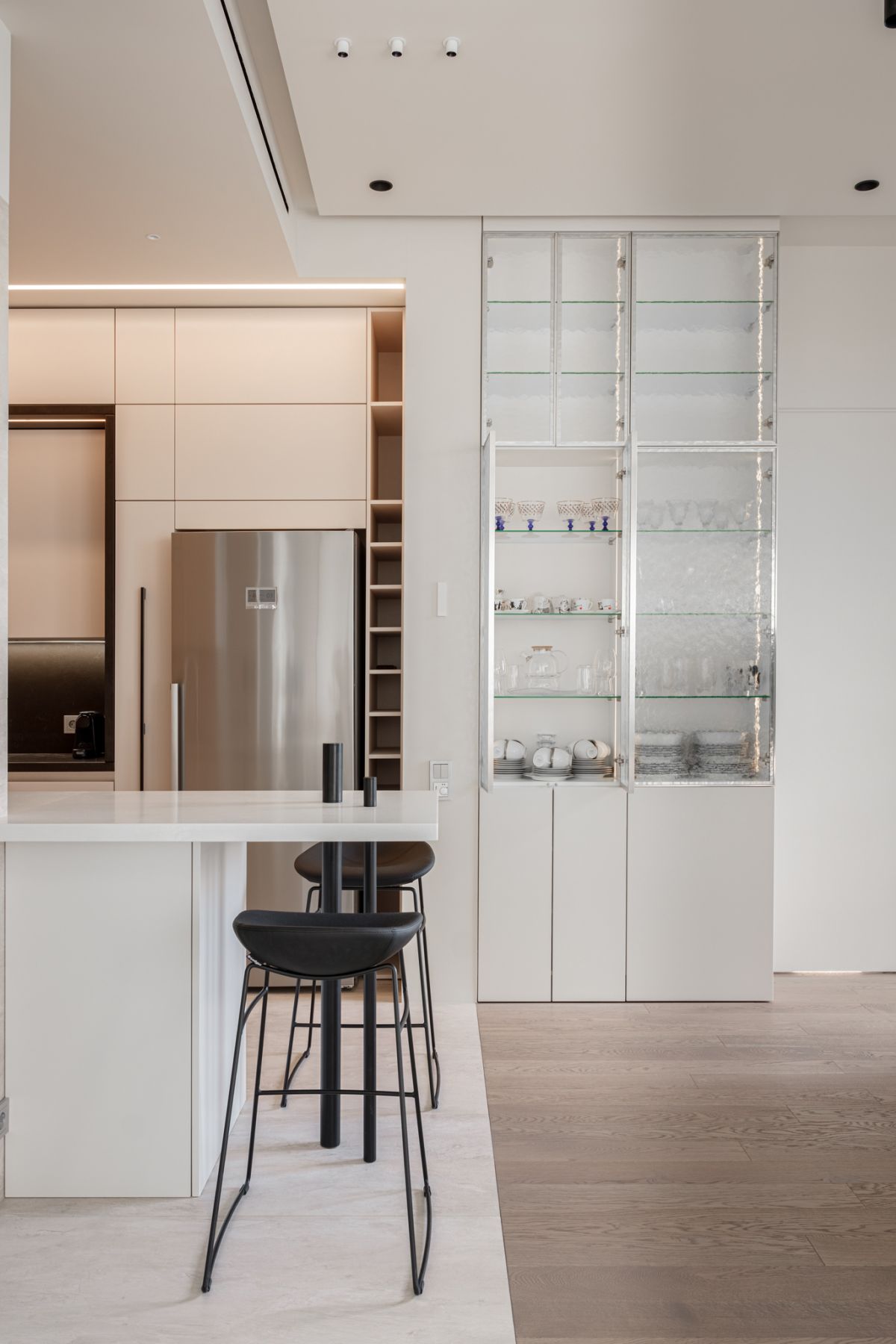
Culinary Spaces Redefined
The Evolution of the Kitchen
The heart of the home, the kitchen, has undergone a significant transformation over the past years. Once a space purely for food preparation, kitchens have evolved into multifunctional areas that accommodate everything from cooking to socializing and working. This culinary metamorphosis reflects changes in lifestyle, advances in technology, and a more significant emphasis on open-plan living, where boundaries between living, dining, and cooking spaces have blurred to encourage a more inclusive environment.
Integrating Technology and Sustainability
Modern culinary spaces are not only about aesthetics but also about incorporating cutting-edge technology and sustainability. Smart appliances that can be operated remotely and systems that promote energy efficiency are becoming staples in contemporary kitchens. Materials are carefully selected for their durability, renewability, and eco-friendliness, with a push towards reducing waste and carbon footprints. This integration propels culinary spaces into the future, prioritizing convenience and consciousness about the environment.
Design that Encourages Interaction
The new wave of kitchen design encourages interaction and inclusivity. Gone are the days when the cook was isolated from guests and family; now, open layouts facilitate conversation and camaraderie. With islands and breakfast bars becoming commonplace, these areas offer seating options that invite people to gather and engage with the cooking process, either as active participants or social observers. Design elements such as open shelving and glass-fronted cabinets also keep the feeling of openness, allowing for both visual connection and ease of access.
Personalization and Multifunctionality
Personalization is key in the redefined culinary space. Homeowners now have the opportunity to tailor their kitchens to reflect their personal style and needs. Customizable storage solutions, unique color palettes, and a mix of textures can create a space that is as unique as the individual. Furthermore, multifunctionality is a critical aspect, with kitchens serving various purposes such as home offices, homework stations for kids, and even mini-greenhouses for the urban gardener. This versatility ensures that the kitchen can adapt to the ever-changing rhythms of our daily lives.
The Social Kitchen Concept
The 'social kitchen' concept emphasizes the communal aspect of this newfound culinary space. With the inclusion of comfortable seating areas, improved lighting solutions, and entertainment systems, these kitchens encourage gatherings and become the hub of the home. Whether hosting a dinner party, a casual brunch, or just enjoying family time, the social kitchen facilitates shared experiences and memories bound in gastronomic delight and camaraderie.
Multisensory Experience in Design
Culinary spaces now cater to more than just the sense of taste; they provide a multisensory experience. Textural contrasts, visual stimuli, and even acoustic considerations are all part of the design process. Lighting schemes that adjust to the time of day, high-quality audio systems for ambiance, and tactile materials that invite touch are elements that foster a holistic and pleasurable cooking and dining experience.
Conclusion: The Future of Culinary Spaces
The redefined culinary space is more than a place for meal preparation; it's a testament to the evolving human experience. As we look towards the future, we can expect these areas to continually adapt to new technologies, sustainable practices, and the growing need for spaces that foster connection and creativity. These trends will undoubtedly continue shaping the way we think about and inhabit our culinary spaces, setting the stage for an era of kitchen-centric living that centers on adaptability, functionality, and togetherness.